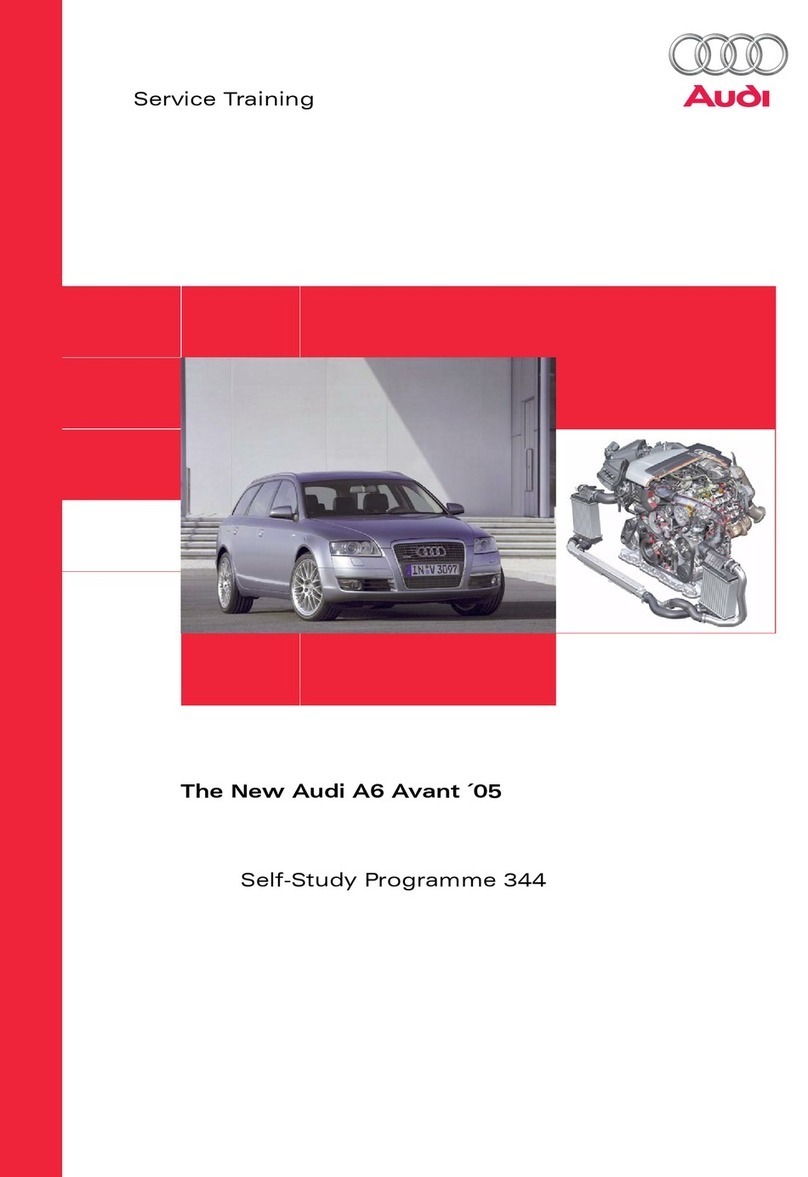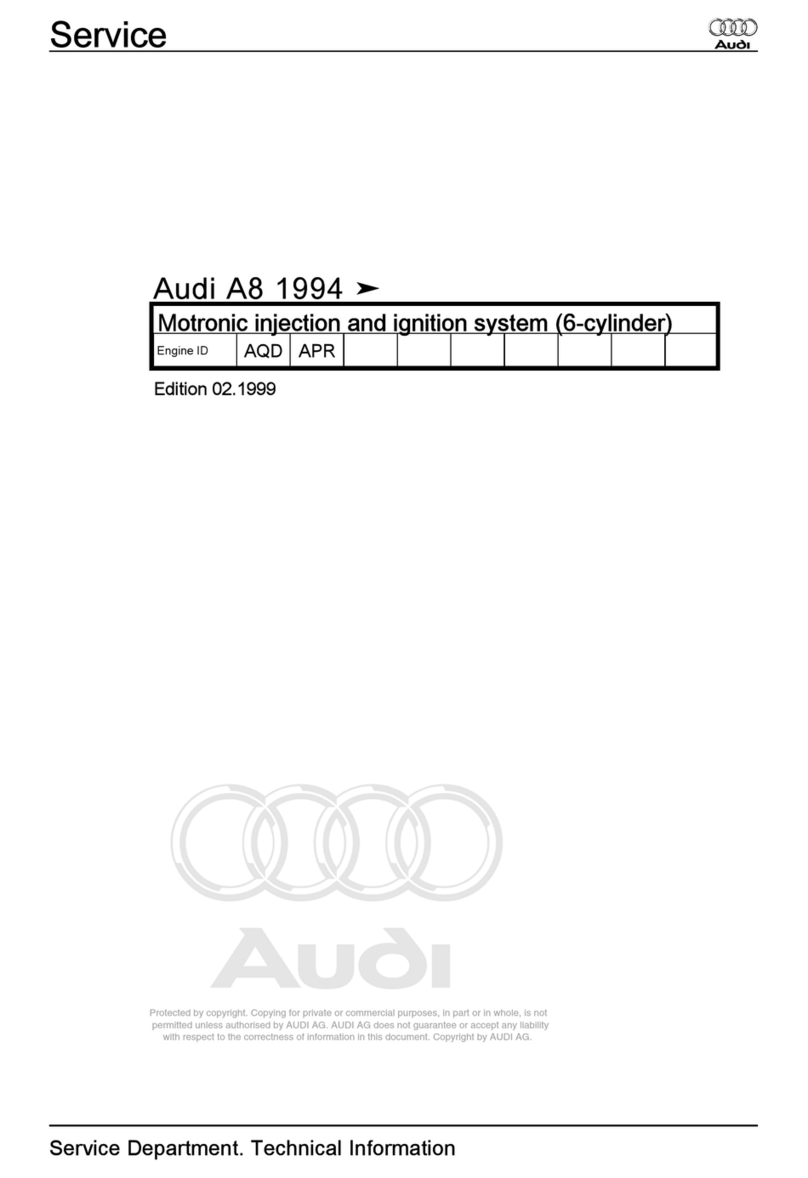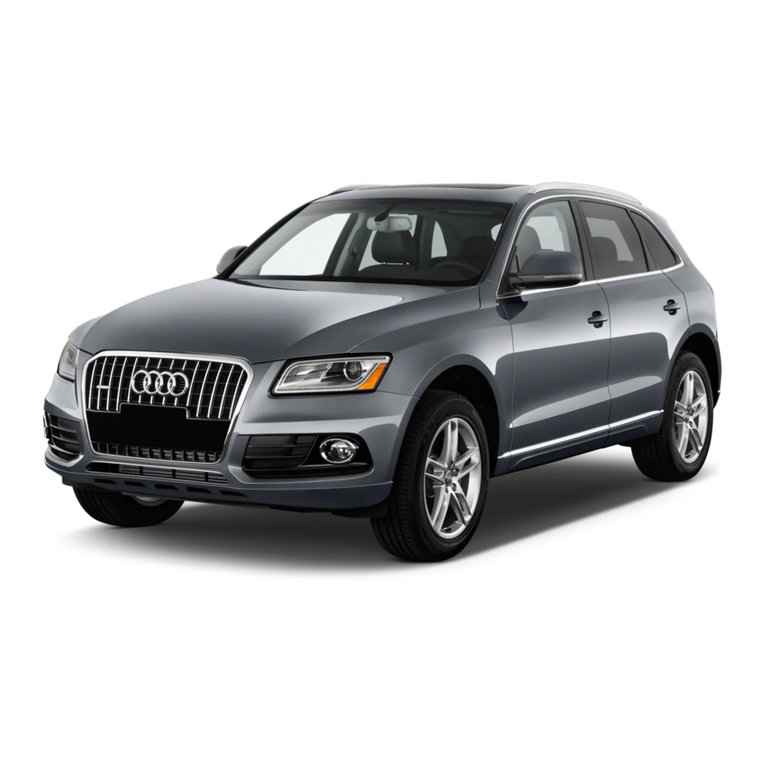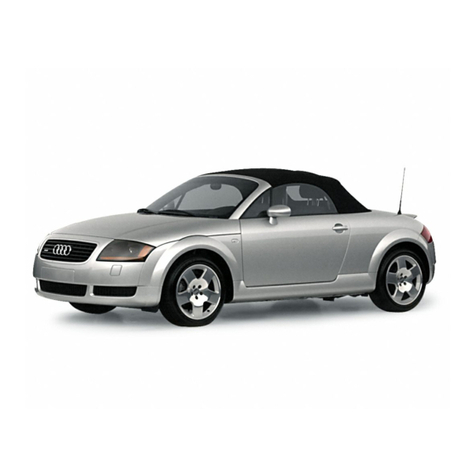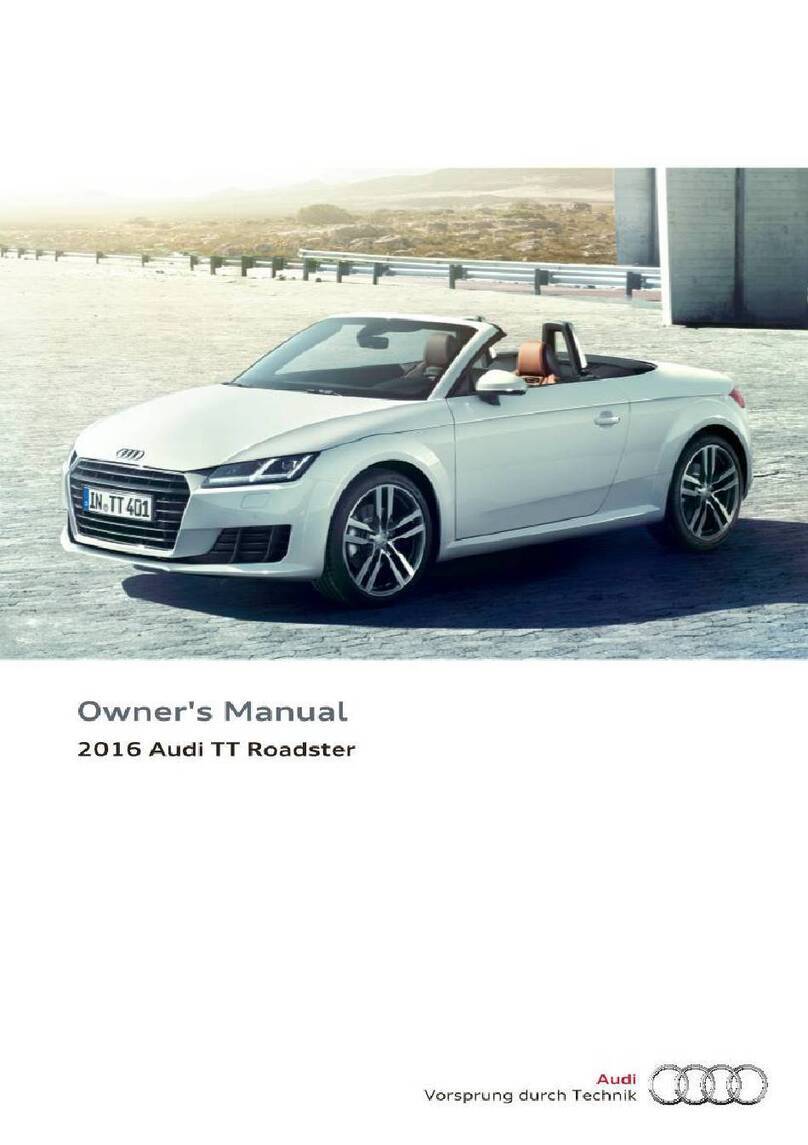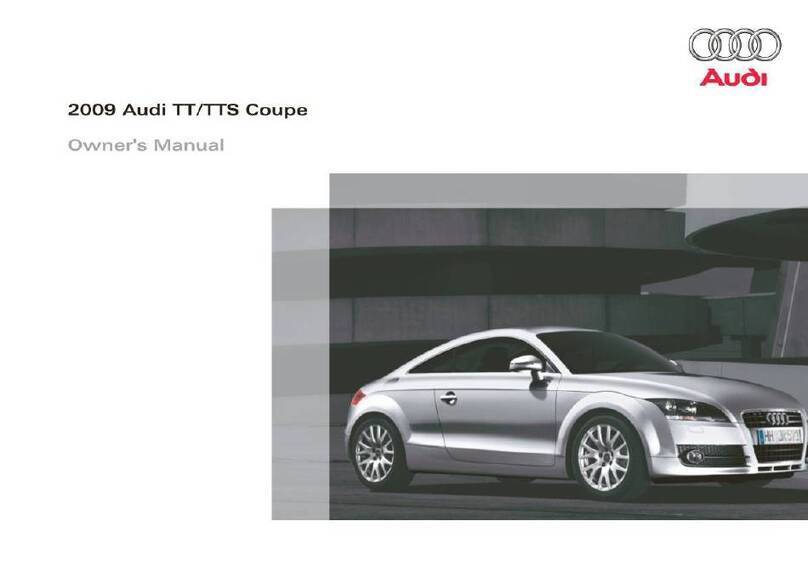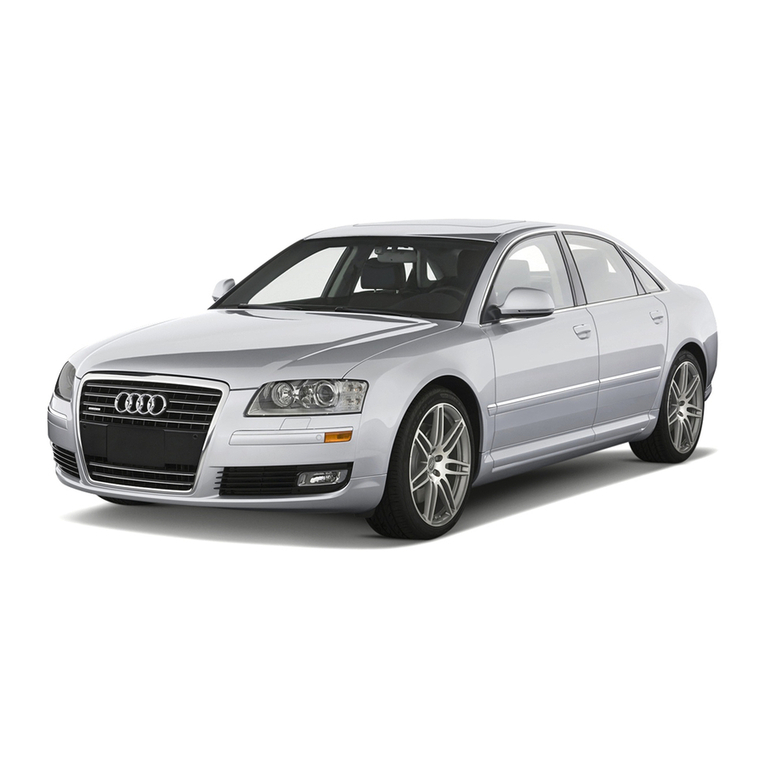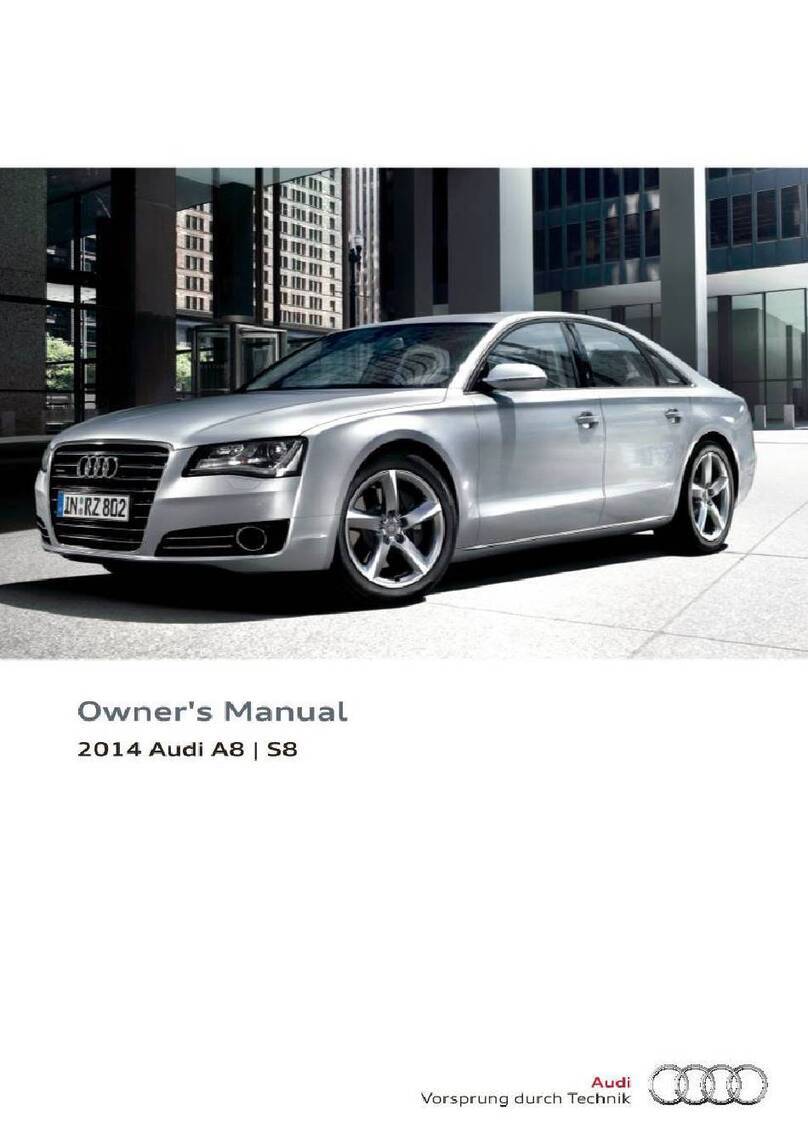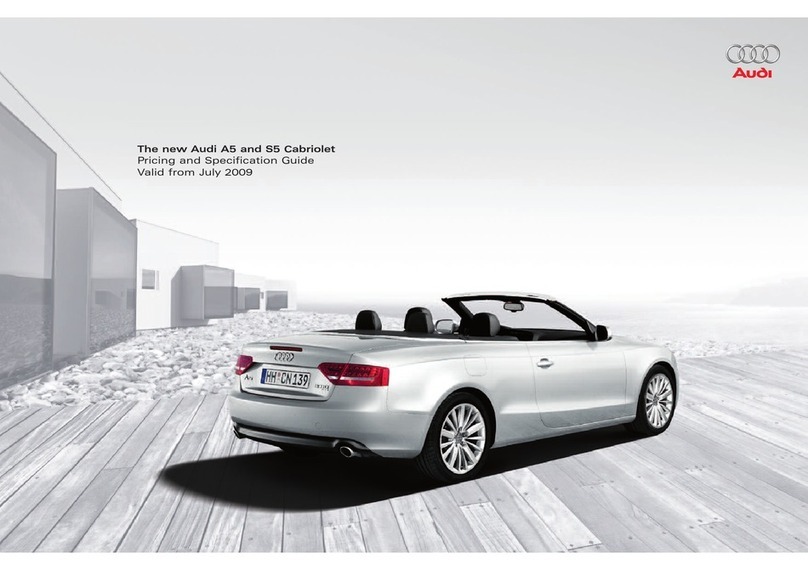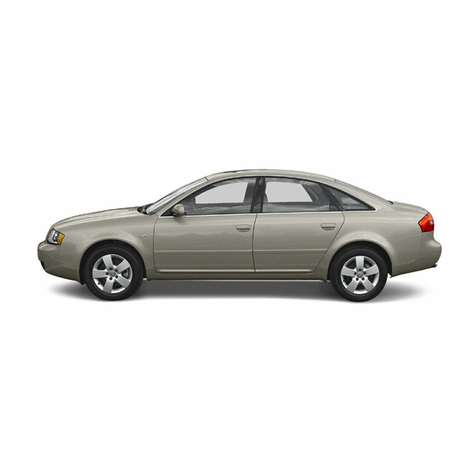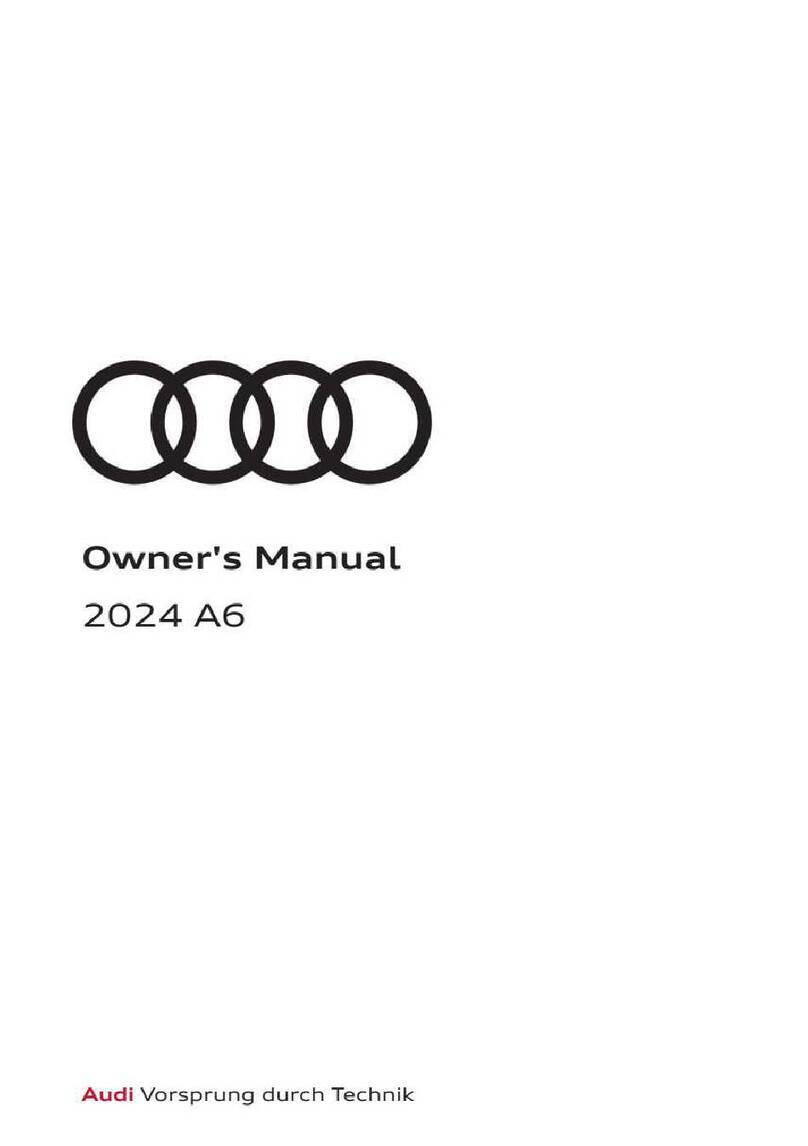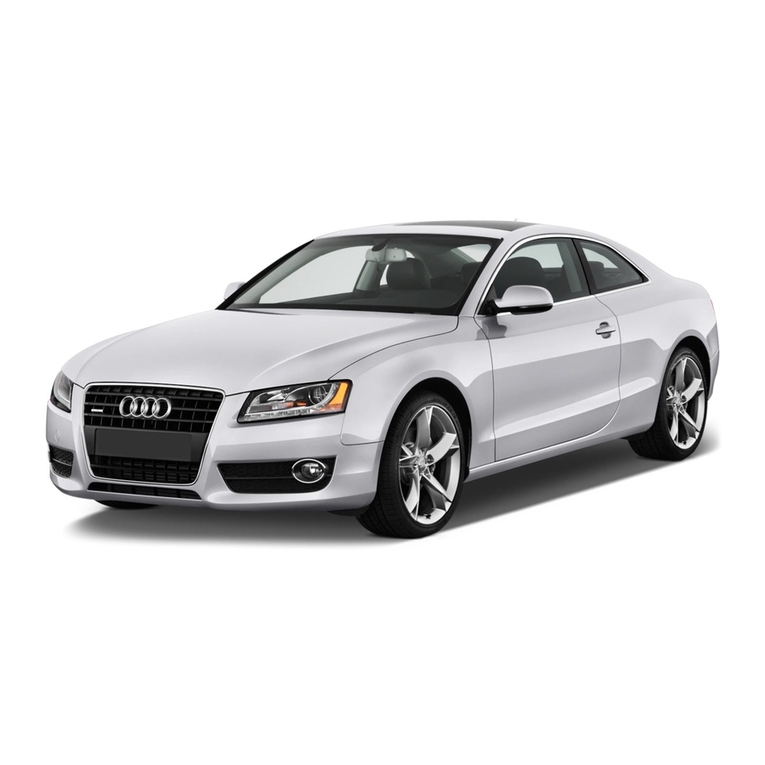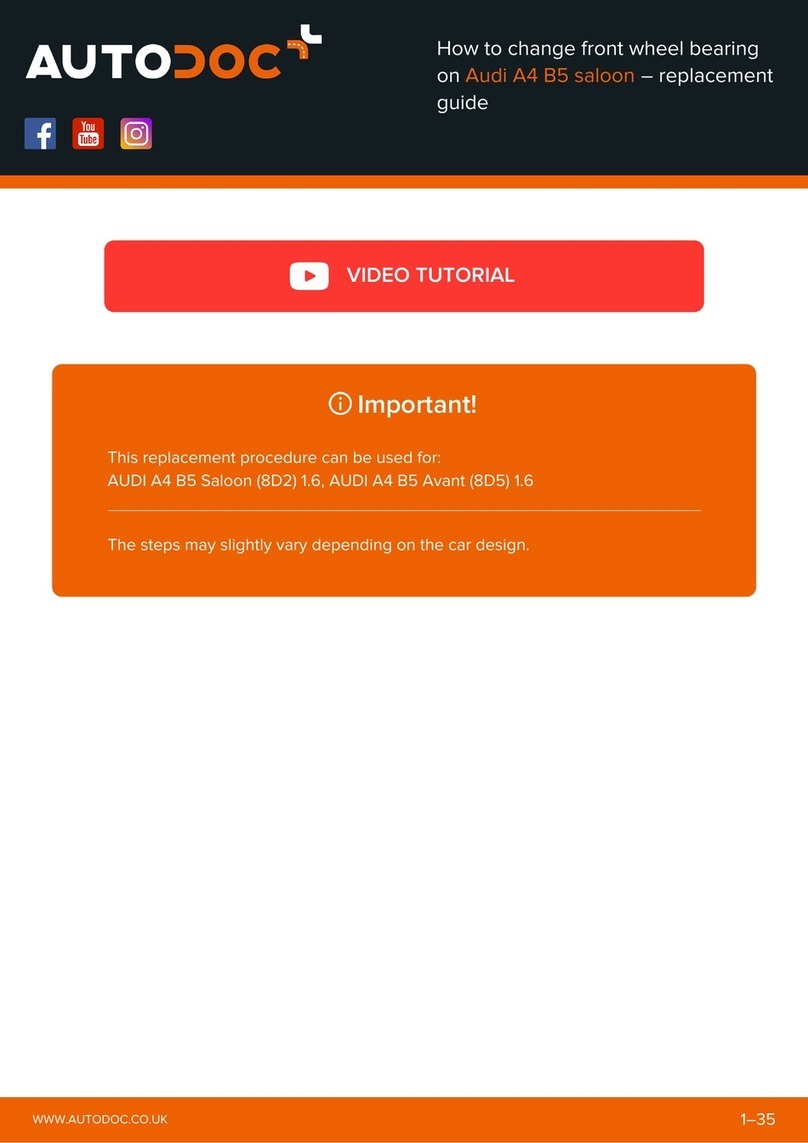Introduction
The first generation of the Audi TT Coupé, named after the legendary "Tourist Trophy" race in the UK, was
a milestone in automotive design.
The design followed the pure geometry, with central motives being the circle, particularly distinctive on the
wheel arches, the arches of the roofline, the front end and the rear end.Audi has taken this genetic code and
developed it in authentic style.
In the new TT, the geometric shapes merge fluidly with one another.The concave and convex arches radiate
dynamism and movement while lending the TT Coupé the character of an athletic sculpture thrusting
forwards.
The front end of the new TT Coupé has gained in expressiveness and resoluteness, the most distinctive
element being the singelframe radiator grille.
Unlike the predecessor model, the rear end has a completely different outline to the front end. The rear lights
create a three-dimensional effect by virtue of their visual depth. The trapezoidal cut-out around the license
plate continues the flowing lines of the boot lid. The powerful exhaust tailpipes, wide diffusor and central rear
fog light are borrowed straight from motorsport.
The dynamic impression conveyed by the Audi TT Coupé also stems from its modified proportions.
On the exterior it is now: - 137 mm longer
- 78 mm wider
Excellence in design & performance
Self-study programmes on the TT Coupé
SSP 381 Audi TT Coupé ‘07 -
Suspension System
–Frontaxle
–Rearaxle
– Shock absorber system
– Brake system
Order number: A06.5S00.26.20
SSP 382 Audi TT Coupé ‘07 -
Electrical and Infotainment Systems
–Networking
–Bustopology
– Convenience electronics
– Infotainment
Order number: A06.5S00.27.20
380_043
SSP 380 Audi TT Coupé ‘07
–Body
– Occupant protection
–Engine
– Suspension system
– Electrical system
– Air conditioning
– Infotainment
Order number: A06.5S00.25.20
SSP 383 Audi TT Coupé ‘07 - Body
– Audi Space Frame
– Production processes and joining methods
–Surfacefinish
– Electromechanical rear spoiler
– Repair concept
– Passive safety concept
Order number: A06.5S00.28.20


